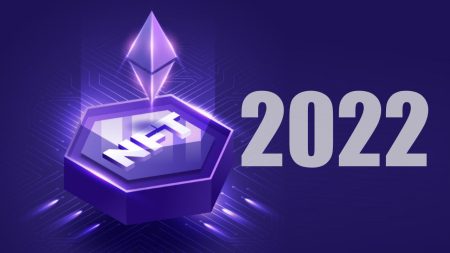Fintech was born out of the internet and mobile revolution and continues to evolve, thanks in part to cloud computing, which brings sophisticated data management techniques within reach of people. It is a growing industry that will continue to grow faster and faster as artificial intelligence advances.
Sommaire :
What does the term “FinTech” mean?
The term FinTech comes from the contraction of finance and technology. It is a term that first appeared in the 1980s-1990s in England. The term refers to companies, usually start-ups, that operate in the field of technological innovation applicable to financial and banking services. This term really spread after the 2008 financial crisis outside the world of finance to describe young innovative companies that use digital technologies such as artificial intelligence to offer more efficient and especially cheaper financial services.
What is fintech?
Essentially, fintech is used to help businesses and consumers better manage not only their financial transactions, but also their daily lives using software and algorithms on computers and smartphones.
Fintech tools are designed to challenge or even usurp traditional financial service providers. Startups that offer new financial products are more agile and address underserved segments by offering faster and cheaper services. This is known as financial inclusion.
SEE ALSO: Save now buy later (SNBL): a fintech viable alternative to BNPL?
What are the different categories of FinTechs?
There are several categories of FinTechs depending on the target audience they address:
- BtoC FinTechs (business-to-consumer), which are aimed at the general public, such as neo-banks (100% digital banks with no branches), but also applications that allow you to make a loan (like finfrog), make payments, online savings accounts, personal finance management applications or even wealth management applications.
- The BtoB FinTechs (business-to-business) which will address companies by offering adapted financial services such as online currency transfer, dematerialized factoring and we also find the neo-banks but this time, with an offer developed specifically for professionals.
- BtoBtoC FinTechs (business-to-business-to-consumer) which represent intermediaries such as participative financing platforms that bring together project holders, traders, SMEs, creators and investors, whether they are individuals or professionals. This is done through crowdfunding in donations with or without rewards but also through crowdlending or crowdequity.
Many services for different uses have developed:
- Crowdfunding which consists of a group of people pooling funds via the internet.
- Mobile applications and platforms that allow you to manage your banking activities
- Virtual currencies including the famous Bitcoin system
- Electronic payments via smartphone and on the internet, at merchants or on e-commerce platforms.
- Paypal, one of the most famous fintech systems, allows you to pay for your purchases or receive money in a secure way, without having to transmit your bank details.
This list is not exhaustive and the number of fintechs continues to grow and develop in more and more fields, notably in the areas of investment, education or budgeting tools.
SEE ALSO: What is a Forex broker? All you need to know!
How does fintech enable cost reduction?
For the startups
Fintech startups develop financial inclusion and use technological innovations to reduce operational costs and be more efficient. In this way, they can reduce the costs associated with each transaction.
For the consumer
In addition to a greater fluidity in the services they offer, the services have a lower and more advantageous acquisition price. Traditional banks and insurances are certainly threatened but it is also an emulation for the whole financial sector.
Indeed, all banks are developing their associated services such as mobile apps for managing bank accounts and thus making online finance much simpler overall.










